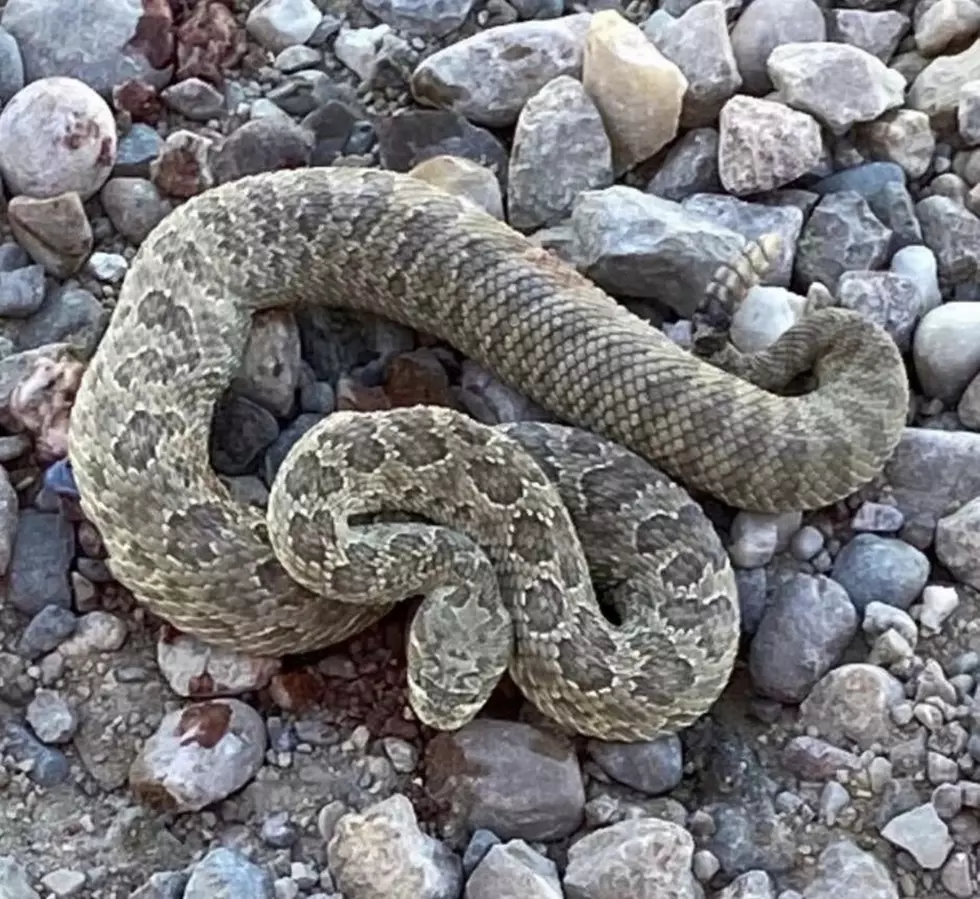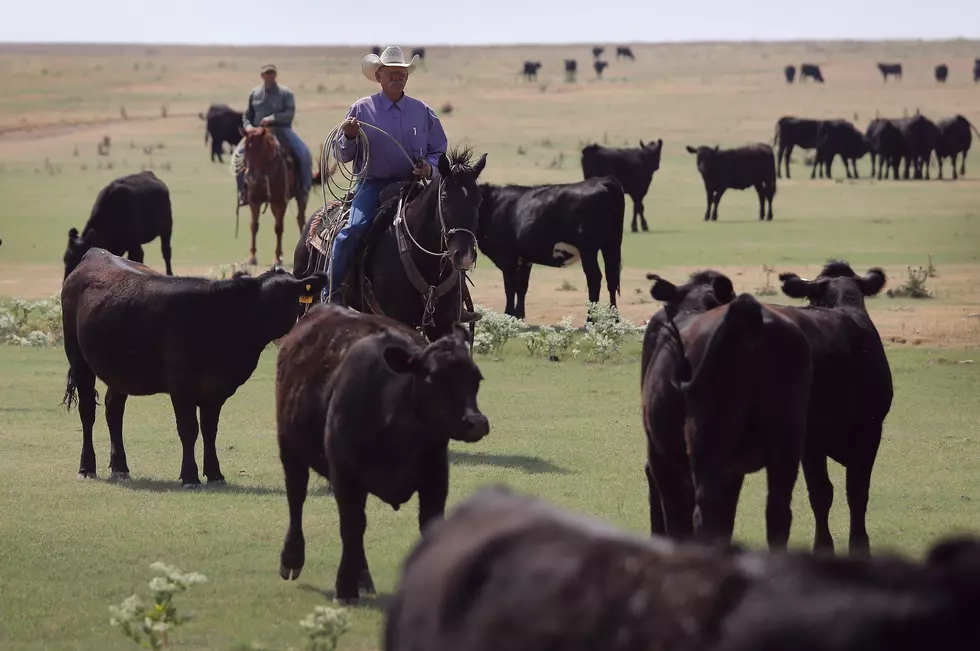
USDA Announces $308 Million In Aid To States
KANSAS CITY, Mo. (AP) — The nation's top agriculture official is expected to announce Wednesday more than $300 million in emergency assistance to 33 states and Puerto Rico to help them recover from an unusually intense year for natural disasters across the U.S.
Utah and Missouri will receive the most disaster aid, together taking in $109 million, or more than one-third of the $308 million in aid from Department of Agriculture watershed and conservation emergency funds, USDA Secretary Tom Vilsack told The Associated Press ahead of a formal announcement later Wednesday.
Flooding last spring in Utah inundated thousands of acres of farmland, costing farmers tens of millions of dollars lost to damaged and destroyed crops or delayed planting. Utah will receive $60 million in watershed money for repair work and preventative measures in 13 cities and counties hit by floods within the last 13 months, said Bronson Smart, state conservation engineer for the U.S. Natural Resources Conservation Service.
He said his agency requested that amount to deal with two rounds of flooding, including flash flooding in southern Utah in December 2010 and flooding last spring in northern and central Utah caused by a record snowpack.
Missouri suffered months of flooding along the Missouri River after the U.S. Army Corps of Engineers authorized unprecedented releases from reservoirs in the northern river basin all summer to deal with unexpectedly heavy rain in May and above-average mountain snowpack. Farmers in the Missouri Bootheel, meanwhile, saw their crops swamped when the Army Corps of Engineers exploded a levee to relieve water pressure on an upriver town in Illinois. The intentional breach sent water cascading over thousands of acres of prime farmland.
Missouri will receive around $49 million, of which $35 million will come from the watershed program and the rest from the Farm Service Agency's Emergency Conservation Program.
Vilsack said disaster funds will be used for financial and technical assistance to help rebuild and repair land damaged by flooding, drought, tornadoes and other natural disasters.
"There have been years that have had more intensive damage in a particular geographic area, but what's unique about last year is that virtually every part of the country was affected," Vilsack told the AP. "It was different in every part of the country. We've not seen tornadoes as devastating as last spring. Flooding on the Missouri River, because of the longstanding nature of the flooding — not a two- or three-week situation — was unique. Fires in the southwest part of the country were historic in magnitude. It's been a tough year."
Slightly more than $215 million of the aid comes from the Emergency Watershed Program, about $80 million will come from the Emergency Conservation Program and nearly $12 million is from the FSA's Emergency Forest Restoration Program. Texas, for instance, will receive nearly $6 million after wildfires charred the southern part of the state.
The watershed funds will go toward public safety and restoration efforts on private, public and tribal land, Vilsack said. Projects funded by that money will include removing debris from waterways, protecting eroded stream banks, reseeding damaged areas and, in some cases, purchasing floodplain easements on eligible land.
New York trails only Utah in the amount of watershed protection money received, at $37.8 million.
In addition to flooding, 2011 was a big year for tornadoes, including record outbreaks in the South and a monster storm that leveled a large portion of Joplin, Mo.
Alabama is scheduled to get nearly $7 million in assistance for tornado recovery, followed by nearly $4 million in Georgia. Missouri, at the other end of the spectrum, is to receive only $130,000 to fix damage to agricultural land by tornadoes.
In addition to keeping U.S. agriculture profitable and helping communities rebuild, the disaster money also will spark job growth, Vilsack said.
"The beauty of this resource is that it generates job opportunities, to hire contractors and buy supplies at local hardware stores," he said. "Folks are in the process of planning what they're going to be doing this spring. We're hoping by this announcement they will be able to plan more effectively."
The conservation program funds will go to producers to help remove debris from farmland, restore livestock fences and conservation structures, provide water for livestock during periods of extreme drought, and grade and shape farmland damaged by natural disasters, he said.
The forest money will help eligible owners of nonindustrial private forest land take emergency measures to restore areas damaged by disasters.
Vilsack said the emergency money is being used to help agricultural interests beyond what is covered by crop insurance. He said the USDA paid out $8.6 billion in crop insurance payments last year, and $17.2 billion over the past three years.
More From K2 Radio









